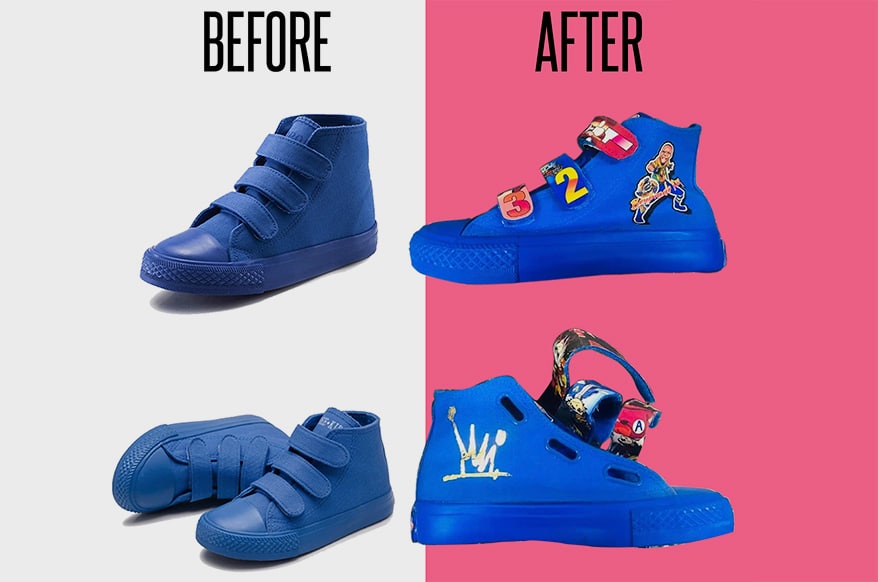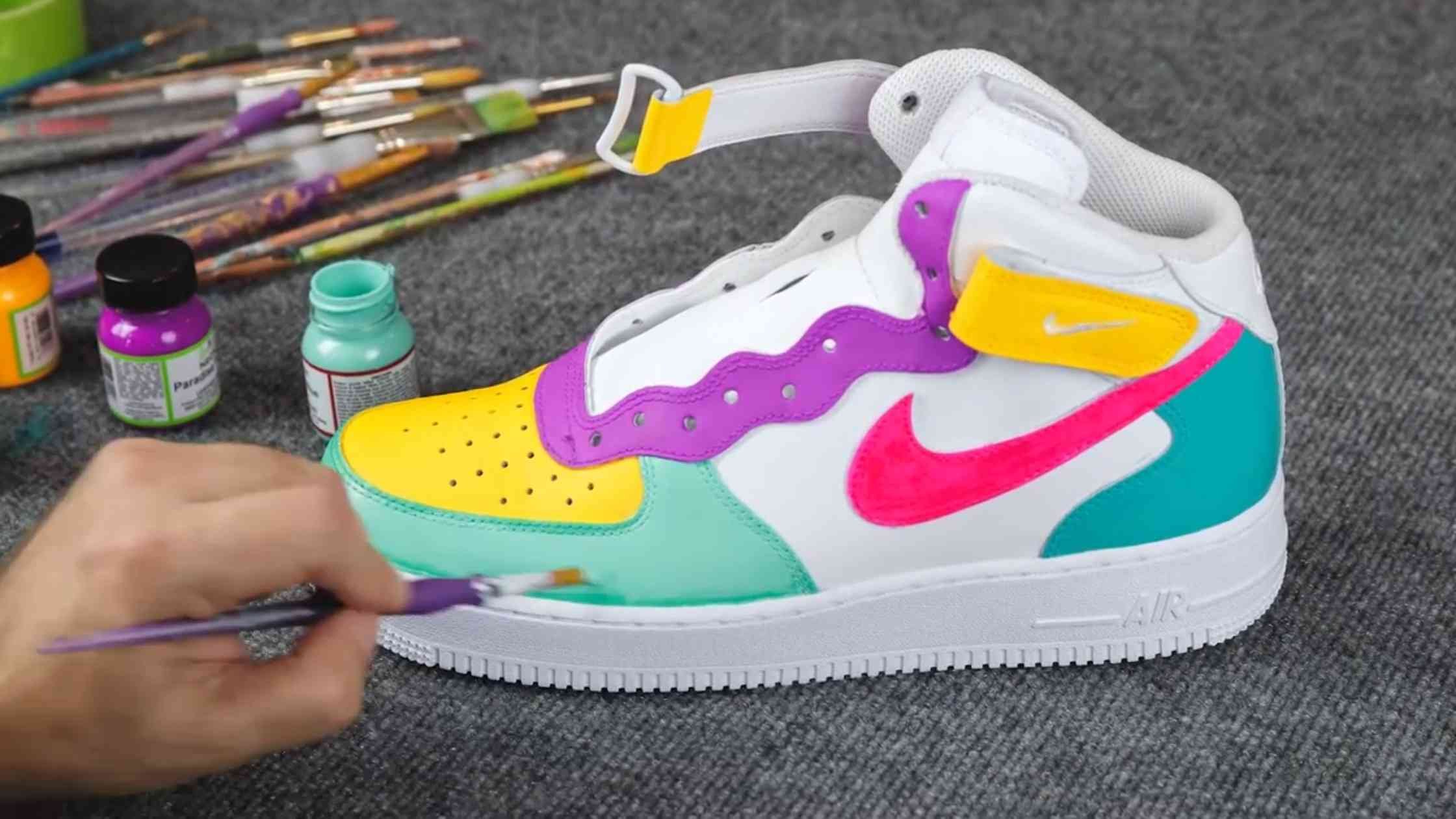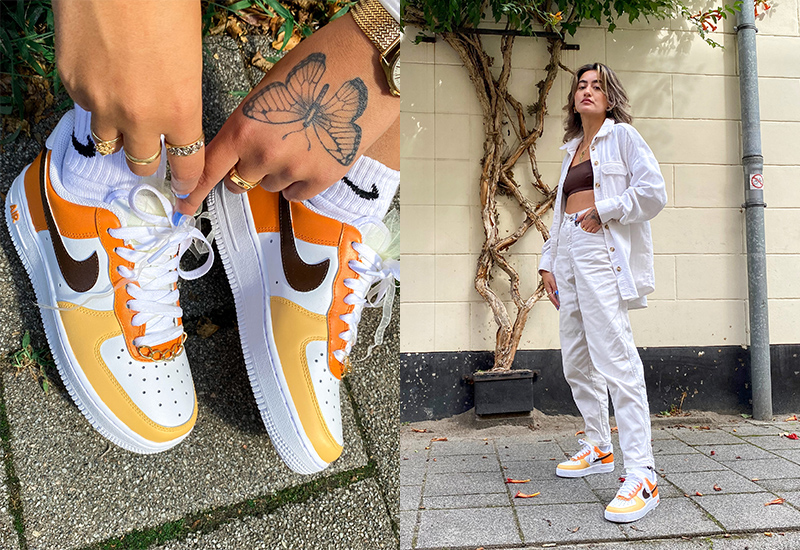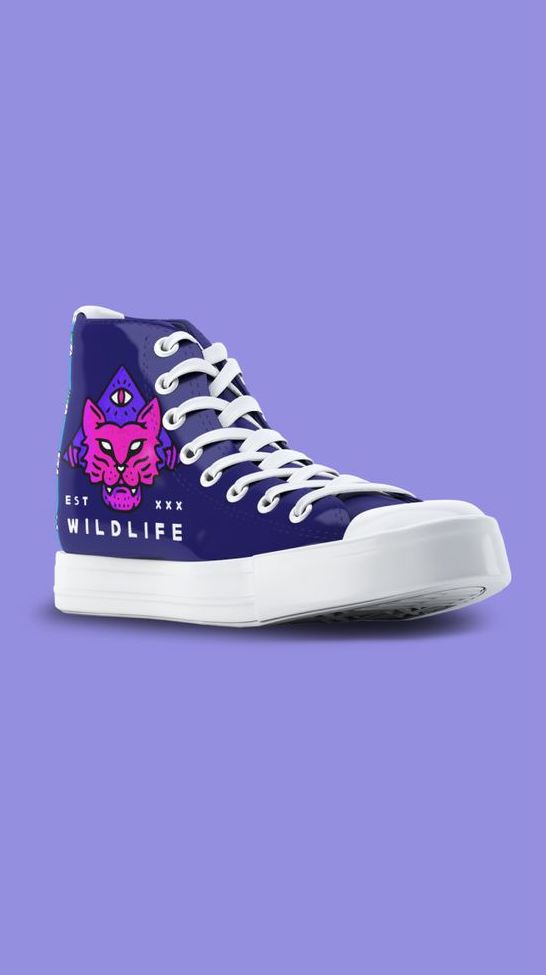If you’ve ever found yourself overwhelmed by options in a shoe store, dreaming of a pair that perfectly reflects your personality, you’re not alone. Customizing your own shoes is not just a fun hobby; it’s an exciting way to express your individuality. Whether you’re a seasoned sneakerhead, a fashionista, or someone who simply loves unique designs, this guide will help you navigate the world of shoe customization.
Why Customize Your Own Shoes?
Customizing shoes allows you to add a personal touch to your footwear. It’s a powerful way to showcase your creativity, make a statement, or even create a functional solution to specific needs. Below are some compelling reasons why you might want to explore shoe customization.
Express Your Unique Style
When mass-produced shoes just won’t do, custom shoes offer a blank canvas. Imagine sporting a pair that’s uniquely yours, with colors, patterns, and designs that represent your personality. Whether you’re looking for something edgy and bold or classic and chic, customization opens up a world of possibilities. Nike, for example, has successfully tapped into this demand with its Nike By You program, allowing customers to design shoes in vibrant colors and materials.
Boost Comfort and Fit
Another reason for customizing your shoes is to improve fit and comfort. People come in all shapes and sizes, and so do feet! Custom shoes can be tailored to provide the exact level of support your arches need, or to accommodate specific foot conditions like flat feet or high arches. Brands like New Balance offer custom fitting options that cater specifically to different foot shapes and sizes.
Contribute to Sustainability
In a world increasingly focused on sustainability, customizing shoes can also be a more eco-friendly choice. By investing in a single pair that suits your needs, you may reduce the temptation to buy multiple pairs of less-than-perfect shoes. Plus, many brands are now using recycled materials in their custom shoes, catering to environmentally conscious consumers.

How to Customize Your Own Shoes
Let’s dive into the nitty-gritty of customizing shoes. From selecting the right materials to executing your design, we will cover all aspects to ensure you end up with footwear that you adore.
Step 1: Choose the Right Base Shoes
Your customization journey starts with selecting the base shoes. This could be a pair of classic sneakers, boots, or even sandals. Brands like Adidas, Vans, and Converse are popular for customization due to their iconic silhouettes and versatility.

Comparison of Popular Base Shoes for Customization
| Brand | Model | Material Options | Price Range |
|---|---|---|---|
| Adidas | Superstar | Leather, Suede | $85-$130 |
| Converse | Chuck Taylor All Star | Canvas, Leather | $55-$75 |
| Nike | Air Force 1 | Leather, Synthetic | $90-$120 |
Step 2: Decide on Your Customization Method
Once you have your base shoes, you need to decide how you want to customize them. There are several methods depending on your skill level and comfort:

1. Hand Painting
One of the most popular methods is hand painting. All you need are fabric paints, brushes, and a little creativity. Brands like Angelus offer high-quality paint designed specifically for leather and canvas shoes.
2. Adding Accessories
If painting isn’t your style, consider accessorizing. This could involve adding patches, studs, or laces in unique colors. You can easily find these accessories on platforms like Etsy or Amazon.

3. Using Customization Services
For those who prefer a more professional touch, several companies offer shoe customization services. These businesses allow you to submit your design ideas, and they handle the rest. Look at options like CustomInk and MyCustomShoe for tailored services.
Step 3: Gather Your Materials
Before diving into the customization process, make sure you have all necessary materials on hand. Each method may require different supplies:

- Paint: Fabric paints for hand painting.
- Brushes: Fine tip brushes for detailed work.
- Sealer: A high-quality sealer to protect your design.
- Accessories: Patches, studs, or unique laces.
Step 4: Get Creative!
With your base shoes and materials ready, it’s time to get creative! Sketch out your design first to visualize what you want, then take your time to bring it to life. Here are a few tips to keep in mind:

Tips for Successful Customization
- Start Simple: If you’re new to customization, start with a straightforward design.
- Work in Layers: For painting, apply multiple thin layers rather than one thick layer.
- Take Breaks: If you’re working for hours, take breaks to let your creativity flow.
- Protect Your Workspace: Use newspaper or a tarp to avoid messes.
Real-World Footwear Experiences: Case Studies
To better understand the impact of shoe customization, let’s examine some real-world case studies from different demographics.

Case Study 1: The Sneakerhead Revolution
Sneakerheads are passionate about customizing shoes, not only to show individuality but also to increase their collection’s resale value. One notable figure is artist and sneaker designer Eric Koston, a professional skateboarder who has popularized custom designs in skate culture. Koston’s limited edition sneakers often sell out quickly, regularly fetching prices upwards of $500 on platforms like StockX.
Case Study 2: Custom Shoes for Professionals
Moreover, professionals in industries such as healthcare have seen a rise in custom footwear solutions. For example, nurses who work long shifts often require comfortable shoes with arch support. Custom brands like Aetrex allow users to select supportive features while also providing stylish design options. This has led to a significant increase in comfort and job satisfaction among healthcare workers.
Case Study 3: Fashion-Forward Brides
Custom shoe design is also taking the wedding industry by storm. Brides are seeking personalized footwear to complement their wedding attire perfectly. Companies like Keds offer customization options for bridal sneakers, allowing brides to add their initials or wedding date, creating a special memento from their big day.
Pros and Cons of Customizing Shoes
While customizing shoes can be an exciting endeavor, it’s essential to weigh the pros and cons before diving in.
Pros
- Unique Designs: Your shoes can be as unique as you are.
- Improved Comfort: Tailored fit can enhance comfort significantly.
- Personal Satisfaction: Completing a custom design can be rewarding.
- Potentially Higher Resale Value: Unique designs can attract buyers.
Cons
- Time-Consuming: Customizing shoes can take a significant amount of time.
- Costly: Additional materials and custom services may increase expenses.
- Skill Required: Without prior experience, designs may not turn out as expected.
- Durability Concerns: Some customizations may not withstand wear and tear.
Frequently Asked Questions (FAQs)
1. Can I customize any type of shoe?
Generally, you can customize many types of shoes, but it works best on sneakers, canvas shoes, and boots. Make sure to choose a material that’s easy to work with.
2. What materials do I need for painting shoes?
You’ll need fabric paint, brushes (various sizes), and a sealer to protect your design once it’s complete.
3. How do I prevent my custom design from fading?
Using high-quality fabric paint and applying a protective sealer can help minimize fading. Avoid machine washing your custom shoes; instead, clean them gently by hand.
4. Are there any services that help with shoe customization?
Yes! Companies like CustomInk and MyCustomShoe offer professional customization services where you can submit your own designs.
5. Can I remove a custom design if I don’t like it?
Removing a custom design can be challenging, especially if it involves paint. Some methods might damage the base shoe, so proceed with caution.
6. Do custom shoes take longer to make or receive?
Yes, customization can take additional time compared to purchasing ready-made shoes. If using a service, check their estimated processing time.
7. How can I ensure that my customizations are durable?
Using high-quality materials and protecting your design with a sealer can enhance durability. Additionally, proper care and maintenance will prolong the life of your custom shoes.
8. Is customizing shoes more expensive than buying regular shoes?
Customizing shoes can indeed be more expensive when factoring in materials and services. However, many believe the uniqueness and personal expression are worth the investment.
9. What if I want to resell my custom shoes?
Custom shoes can have a higher resale value, especially if they are unique or created by an established artist or brand. However, ensure they are still in good condition for the best chances of resale.
Conclusion: Step into Your Creativity
Customizing your own shoes is not just a trend; it’s a movement that brings out creativity and individuality. With the right tools, materials, and a sprinkle of imagination, you can turn a basic pair of shoes into a stunning work of art that represents who you are. So, whether you’re looking to express your unique style, improve comfort, or engage in sustainable practices, customizing your own footwear can be a fulfilling and rewarding process. Ready to get started? Lace up and let your creativity take flight!
For more information on the science behind shoes and their design, check out this report from the American Podiatric Medical Association (APMA).